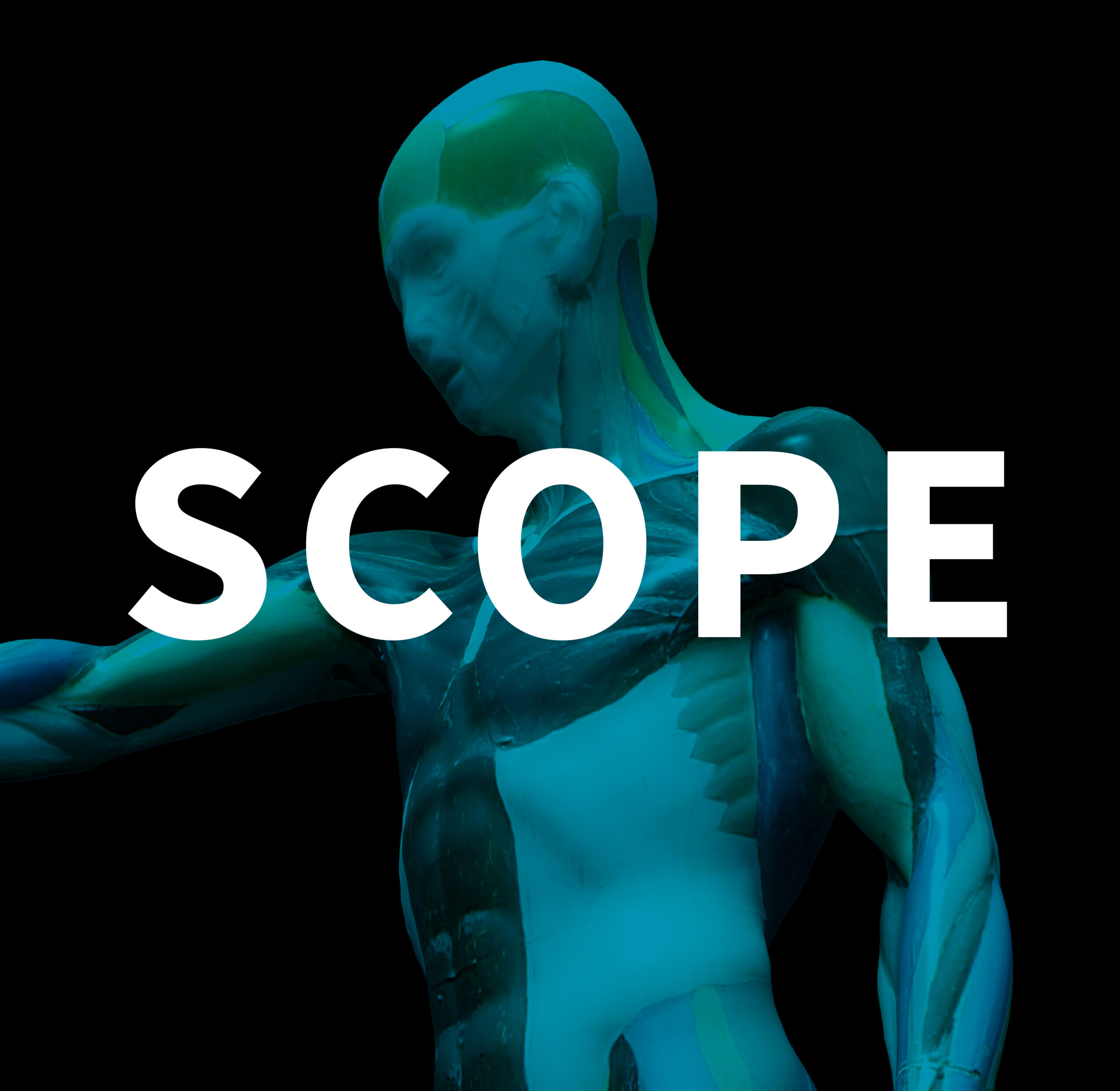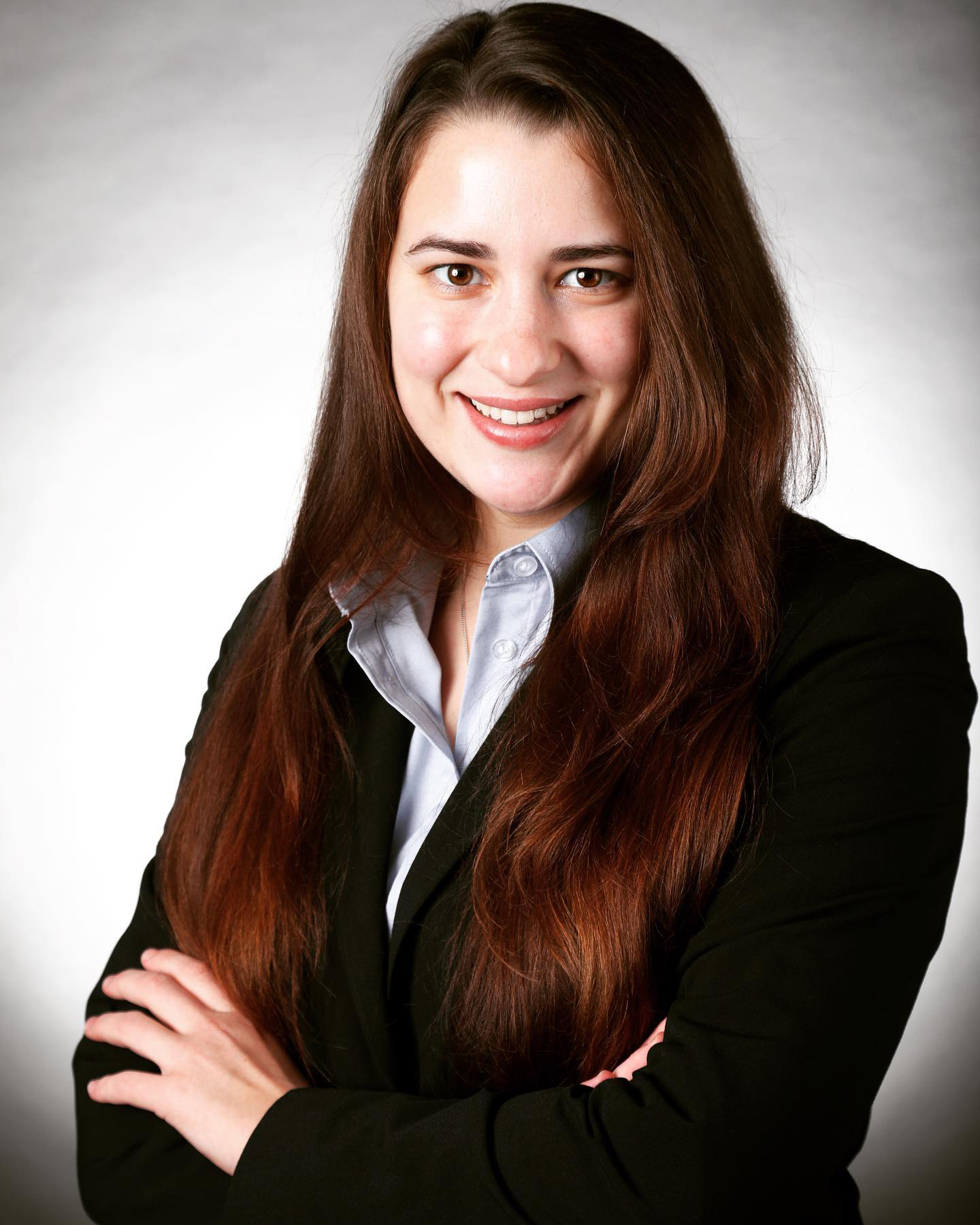Dick Vet graduate Dr Bryanna Mariel Andrews explores the role of inclusion of vets and vet students with disabilities in the profession.
 People with disabilities are an important part of the veterinary medicine community and profession. However, only recently have veterinary organisations and businesses begun to officially provide the space and support for them in earnest.
People with disabilities are an important part of the veterinary medicine community and profession. However, only recently have veterinary organisations and businesses begun to officially provide the space and support for them in earnest.
In the UK, seven million people, constituting 18% of the working-age population, are classified as disabled according to the Equality Act 2010. Of these, only 17% have been born with these disabilities (Pillai et al., 2007). Furthermore, 2% of the working population become disabled every year, with 78% of people acquiring a disability from age 16 onwards (University of St. Andrews, 2020). These statistics represent the development of disabilities within the general public as no similar statistics exist within the veterinary profession.
The Royal College of Veterinary Surgeons (RCVS) requires veterinary schools to act as the gatekeepers for the veterinary profession and admit only those students who can complete every part of the degree. Although a large number of students do not present or disclose disabilities before qualifying as veterinarians, many may develop them during their working career. However, with proper support from coworkers and the clinic, these vets can continue to act as important contributing members to a veterinary team (RCVS, 2014).
Tynan (2004) found that most UK schools made “strenuous efforts” to provide veterinary students with disabilities the most opportunities to succeed “without compromising the essential requirements of the curriculum.” While the Royal (Dick) School of Veterinary Studies at The University of Edinburgh and its affiliated hospital have an impressive track record for supporting students through the curriculum and staff in their everyday roles, further initiatives can be implemented to provide a fully inclusive environment for students and staff with disabilities.
Diversity and knowledge
Increasing diversity of the veterinary profession has been a crucial focus of recruitment and admissions teams in the previous decade. As Dr. Michael J. Blackwell, first African-American Dean of the University of Tennessee College of Veterinary Medicine said in 2001, veterinary schools’ duty is to “train veterinarians to go into a diverse community” and to “cope with the realities of society.” He goes on to say that “of the three main medical professions – dentists, physicians, and veterinarians – veterinarians have the broadest-based medical degree. [..] They are therefore responsible for the most diverse mission among all medical professionals,” and “such a diversity of role therefore demands a diverse group of people” (Blackwell, 2001).
As the realities of society include clients and coworkers with disabilities, veterinary schools can provide familiarity and understanding about disabilities and how to better support colleagues and clients with disabilities. Veterinary graduates and staff with disabilities are likely to be able to relate to clients with disabilities and are therefore an important human resource in veterinary teams. Empowering this diverse group of people is therefore a form of human sustainability necessary to “resolve the most basic issues of survival experienced by such a high percentage of the world’s population” (Tynan, 2004).
Research support
Understanding diversity and disabilities in the veterinary profession is not only a focus of UK universities; insight into the prevalence and distribution of disabilities within the veterinary profession is of great interest to academic institutions and veterinary communities across the world. At the World Veterinary Congress 2002 in Tunisia, veterinarians participated in two sessions on disabilities in the profession, with dozens of people across the world recalling stories of veterinarians they had worked with who had disabilities and successfully held their jobs.
In October 2002, following the success of those sessions, the Higher Education Funding Council for England (HEFCE) gave £250,000 to the six RCVS-accredited schools in the UK to continue research into disabilities in the veterinary profession and how the physical and mental rigors of a veterinary training and career can be met by people with disabilities under the DIVERSE research framework (Tynan, 2004).
Supporting openness
Creating a comfortable climate for students and staff to disclose disabilities is a way to bring awareness to the disabilities already present in a workplace or teaching environment. At RVC, 3.5% of the students declared they lived with disabilities in 2007. After creating a “comfort climate” surrounding reporting disabilities by working to remove the stigma of having a disability in veterinary school, the RVC found 20% of their students reported having disabilities in 2012 (Nouri, 2013). One common disability reported was dyslexia, the most common learning difference in the UK. It is estimated to affect one in ten people, while mental health difficulties occur at even greater frequencies (RCVS Knowledge, 2005). It is only by destigmatising disclosure of disabilities and supporting others who live openly with them that we can truly know the frequency and types of disabilities present in our profession.
Existing stereotypes
Many veterinarians can understand working with and supporting students with learning and emotional difficulties rather than physical disabilities. Veterinarians quoted throughout Tynan’s work showed reluctance to work with or see people with disabilities succeed, citing concerns over their own safety, or that of the client, patient, or the veterinarian with disabilities (Tynan, 2004).
Tynan believed that concern over veterinarians with disabilities in the workplace is connected to concern with the image of the profession and beliefs about the vet’s capabilities (Tynan, 2002). Tynan cites the Herriot model as the unhelpful beginnings of these views, which features two aspects that hinder the belief that vets with disabilities can be safe and productive in the workplace. The first view is that “vets must be tough and strong – this is dangerous and difficult work,” and the second view is that “vets must be able to deal with all animals, great or small” (Tynan, 2004). This is linked with the idea that larger animals such as livestock and horses pose the greatest danger to vets with disabilities, which unfortunately overlooks the many severe recorded injuries caused by smaller animals to even those veterinarians without disabilities.
The British Veterinary Association, for example, found in 2015 that companion and mixed vets were the most likely to report work-related injuries as compared with equine and farm vets; 64.2% of small animal and mixed vet respondents each reported work related injuries compared with equine vets at 60.7% and farm vets at 53.2% (Small Animal Talk, 2015).
Workplace accommodation
In the US, nearly 12% of Doctor of Veterinary Medicine (DVM) students disclosed a disability, with 40% of those being physical disabilities (Gleeson, 2020). Supporting these students involves the same modifications that are in place for veterinarians in practice with disabilities, and include shifting the mindset of what is expected from students, modifying activities to meet the needs of the student. Issues with differing levels of physicality of veterinary work, such as standing for a long period, can be resolved by changes to the work schedule and environment, as well as the use of clinical teams including veterinary nurses and interns to assist on tasks which a veterinarian with disabilities cannot complete alone (Gleeson, 2020).
In the workplace, studies show that less than 25% of people with disabilities require workplace accommodations. Reasonable accommodations are often much less costly to employers and organisations than is assumed. A US study found that 69% of accommodations cost nothing and 28% cost less than $1000, making workplace accommodations accessible for all clinics and thus removing another barrier to supporting veterinarians and veterinary students with disabilities (Peck and Kirkbride, 2001).
Providing an inclusive culture and allowing people with disabilities to define their own limitations will give the veterinary community the most diverse workforce possible and therefore the best ability to meet the needs of our varied clients and patients.
Bryanna thanks her colleagues Inês Orfao Crespo, Katia Marioni-Henry, Sílvia Pérez-Espona and Valentina Riggio for their invaluable edits and advice.
References
Blackwell, M. J. (2001) Diversity and disability [Speech]. AAVMC Annual Meeting, Washington D.C. 31 March 2001.
Gleeson, M. (2020) Veterinary schools rethink standards for students with disabilities. Available at: https://www.insightintodiversity.com/veterinary-schools-rethink-standards-for-students-with-physical-disabilities (Accessed: 5 April 2021).
Nouri, F. (2013) ‘Reasonable adjustments: improving access and quality of experience’, American Association of Veterinary Medical Colleges Annual Conference, Alexandria, 8-10 March.
Peck, B. and Kirkbride, L. T. (2001) ‘Why businesses don’t employ people with disabilities’, Journal of Vocational Rehabilitation, 16(2), 71-75.
Pillai, R., Rankin, J., Stanley, K., Bennett, J., Hetherington, D., Stone, L., and Withers, K. (2007) ‘Disability 2020: opportunities for the full and equal citizenship of disabled people in Britain in 2020’, Institute for Public Policy Research, pp. 1-112.
RCVS (2014) ‘Fitness to practice – a guide for UK veterinary schools and veterinary students’, Royal College of Veterinary Surgeons, pp. 1-18.
RCVS Knowledge (2005) Time to take stock: disability and professional competence. Available at: https://knowledge.rcvs.org.uk/news-and-events/news/time-to-take-stock-disability-and-professional-competence/ (Accessed: 18 April 2021).
Small Animal Talk (2015) Workplace injuries in the veterinary profession. Available at: http://www.smallanimaltalk.com/2015/09/workplace-injuries-in-veterinary.html (Accessed: 5 July 2021).
Tynan, A. (2002) ‘At the portal of the profession: the veterinary profession and people with disabilities’, The Royal Veterinary College, pp. 1-100.
Tynan, A. (2004) ‘Veterinarians with disabilities: an international issue’, Journal of Veterinary Medical Education, 31(1), pp. 22-27.
UK Government Legislation (2010) Equality Act 2010. Available at: https://www.legislation.gov.uk/ukpga/2010/15/contents (Accessed: 25 April 2021).
University of St. Andrews (2020) Facts on disabilities. Available at: https://www.st-andrews.ac.uk/hr/edi/disability/facts (Accessed: 29 March 2021).




Leave a Reply